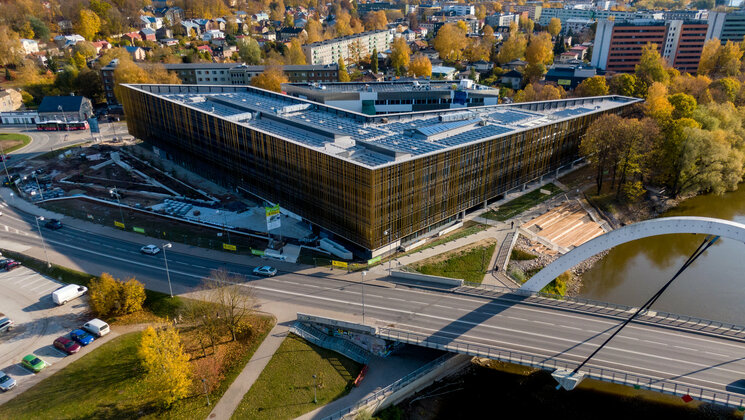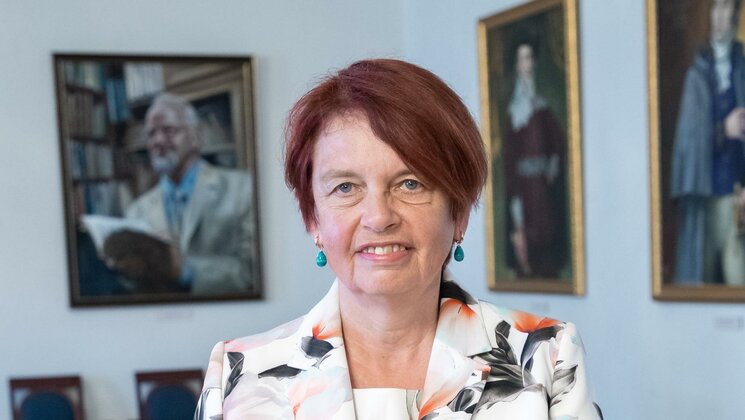-
Faculty of Arts and HumanitiesJakobi 2, r 116-121 51005 Tartu linn, Tartu linn, Tartumaa ESTJakobi 2 51005 Tartu linn, Tartu linn, Tartumaa ESTJakobi 2, IV korrus 51005 Tartu linn, Tartu linn, Tartumaa ESTJakobi 2, III korrus, ruumid 302-337 51005 Tartu linn, Tartu linn, Tartumaa ESTÜlikooli 16 51003 Tartu linn, Tartu linn, Tartumaa ESTLossi 3 51003 Tartu linn, Tartu linn, Tartumaa ESTÜlikooli 18 50090 Tartu linn, Tartu linn, Tartumaa ESTPosti 1 71004 Viljandi linn, Viljandimaa ESTJakobi 2 51005 Tartu linn, Tartu linn, Tartumaa ESTJakobi 2 51005 Tartu linn, Tartu linn, Tartumaa ESTFaculty of Social SciencesLossi 36 51003 Tartu linn, Tartu linn, Tartumaa ESTJakobi 5 51005 Tartu linn, Tartu linn, Tartumaa ESTLossi 36, ruum 301 51003 Tartu linn, Tartu linn, Tartumaa ESTNarva mnt 18 51009 Tartu linn, Tartu linn, Tartumaa ESTNäituse 2 50409 Tartu linn, Tartu linn, Tartumaa ESTNäituse 20 - 324 50409 Tartu linn, Tartu linn, Tartumaa ESTLossi 36 51003 Tartu linn, Tartu linn, Tartumaa ESTRaekoja plats 2 20307 Narva linn, Ida-Virumaa ESTRingi 35 80012 Pärnu linn, Pärnu linn, Pärnumaa ESTLossi 36 51003 Tartu linn, Tartu linn, Tartumaa ESTLossi 36 51003 Tartu linn, Tartu linn, Tartumaa ESTFaculty of MedicineRavila 19 50411 Tartu linn, Tartu linn, Tartumaa ESTBiomeedikum, Ravila 19 50411 Tartu linn, Tartu linn, Tartumaa ESTNooruse 1 50411 Tartu linn, Tartu linn, Tartumaa ESTL. Puusepa 1a 50406 Tartu linn, Tartu linn, Tartumaa ESTL. Puusepa 8 50406 Tartu linn, Tartu linn, Tartumaa ESTRavila 19 50411 Tartu linn, Tartu linn, Tartumaa ESTUjula 4 51008 Tartu linn, Tartu linn, Tartumaa ESTRavila 50411 Tartu linn, Tartu linn, Tartumaa ESTRavila 19 50411 Tartu linn, Tartu linn, Tartumaa ESTFaculty of Science and TechnologyVanemuise 46 - 208 51003 Tartu linn, Tartu linn, Tartumaa ESTNarva mnt 18 51009 Tartu linn, Tartu linn, Tartumaa ESTRiia 23b/2 51010 Tartu linn, Tartu linn, Tartumaa ESTRavila 14a 50411 Tartu linn, Tartu linn, Tartumaa ESTNarva mnt 18 51009 Tartu linn, Tartu linn, Tartumaa ESTRiia 23, 23b - 134 51010 Tartu linn, Tartu linn, Tartumaa ESTObservatooriumi 1 61602 Tõravere alevik, Nõo vald, Tartumaa ESTNooruse 1 50411 Tartu linn, Tartu linn, Tartumaa ESTJ. Liivi tn 2 50409 Tartu linn, Tartu linn, Tartumaa ESTVanemuise 46 51003 Tartu linn, Tartu linn, Tartumaa ESTVanemuise 46 51003 Tartu linn, Tartu linn, Tartumaa ESTArea of Academic SecretaryLossi 3 51003 Tartu linn, Tartu linn, Tartumaa ESTUppsala 6, Lossi 36 51003 Tartu linn, Tartu linn, Tartumaa ESTArea of Head of FinanceÜlikooli 17 51005 Tartu linn, Tartu linn, Tartumaa ESTArea of Director of AdministrationÜlikooli 18A (III korrus) 51005 Tartu linn, Tartu linn, Tartumaa ESTÜlikooli 18, ruumid 102, 104, 209, 210 50090 Tartu linn, Tartu linn, Tartumaa ESTArea of RectorArea of Vice Rector for Academic AffairsUppsala 10 51003 Tartu linn, Tartu linn, Tartumaa ESTÜlikooli 18b 51005 Tartu linn, Tartu linn, Tartumaa ESTArea of Vice Rector for ResearchW. Struve 1 50091 Tartu linn, Tartu linn, Tartumaa ESTArea of Vice Rector for DevelopmentNarva mnt 18 51009 Tartu linn, Tartu linn, Tartumaa ESTVanemuise 46 51003 Tartu linn, Tartu linn, Tartumaa ESTLossi 25 51003 Tartu linn, Tartu linn, Tartumaa EST
In pictures: virtual reality takes future doctors in the midst of trauma
The Simulation Centre of the University of Tartu has started to use a virtual reality device allowing future doctors to experience trauma situations they will have to face in their job and solve them in a safe environment.
Riho Runnel, Specialist of Simulation Studies of the University of Tartu Institute of Clinical Medicine, says that many doctors, especially young ones, do not see trauma situations every day and may thus find them intimidating and stressful.
“To do well in a critical trauma situation in real life, future doctors, as well as practising ones, should undergo regular training on trauma. It gives experience and confidence before the actual trauma situation, allowing to make the necessary decisions in a critical situation,” explained Runnel.
Different traumas
People interested in trauma care can use the trauma simulator and the Oculus Quest headset to enter the trauma room of the emergency department and choose between various trauma scenarios. For instance, it is possible to deal with a patient who has catastrophic external bleeding due to the amputation of both lower limbs or treat a person who has a massive facial soft-tissue trauma and airway obstruction. Users can also practise dealing with trauma situations involving tension pneumothorax, internal bleeding, traumatic brain injury or COVID-19 patients.
Runnel explained that the aim of using virtual reality is not to train manual skills but to hone the algorithms of trauma treatment. This means the ABCDE approach must be used when dealing with the trauma patient in virtual reality.
“When a trauma patient is brought to the emergency room, a certain set of activities must be performed. These are the activities we aim to rehearse using virtual reality. For instance, the airways must be checked first. If airways are obstructed, the doctor must decide which method to use to open them. In one of the most complicated scenarios, a surgical airway must be established,” described Runnel, adding that at the same time, the doctor must decide about the need for an ultrasound scan or laboratory analyses.
Future developments
The developers of the trauma simulator are creating other scenarios in addition to the emergency room stage. In the future, the virtual reality device will also allow the user to experience the pre-hospital stage, which means taking care of the patient on a battlefield, for instance. Also, a section about a mass casualty incident will be added for practising the initial triage in case of a major accident.
The further developed trauma simulator is planned to be used also for training international trauma response teams. “In that case, each trauma surgeon can stay in their own country and meet their team in virtual reality,” said Runnel, recognising that such a method is particularly suitable during a pandemic, in addition to helping to save time and training costs.
The virtual reality device has reached the Simulation Centre of the University of Tartu Institute of Clinical Medicine in cooperation with the company Exonicus, Inc. that develops the trauma simulator and the Estonian Defence Forces.




Riho Runnel
Specialist of Simulation Studies of the University of Tartu Institute of Clinical Medicine
5663 0144
riho.runnel [ät] ut.ee
Read more similar news






